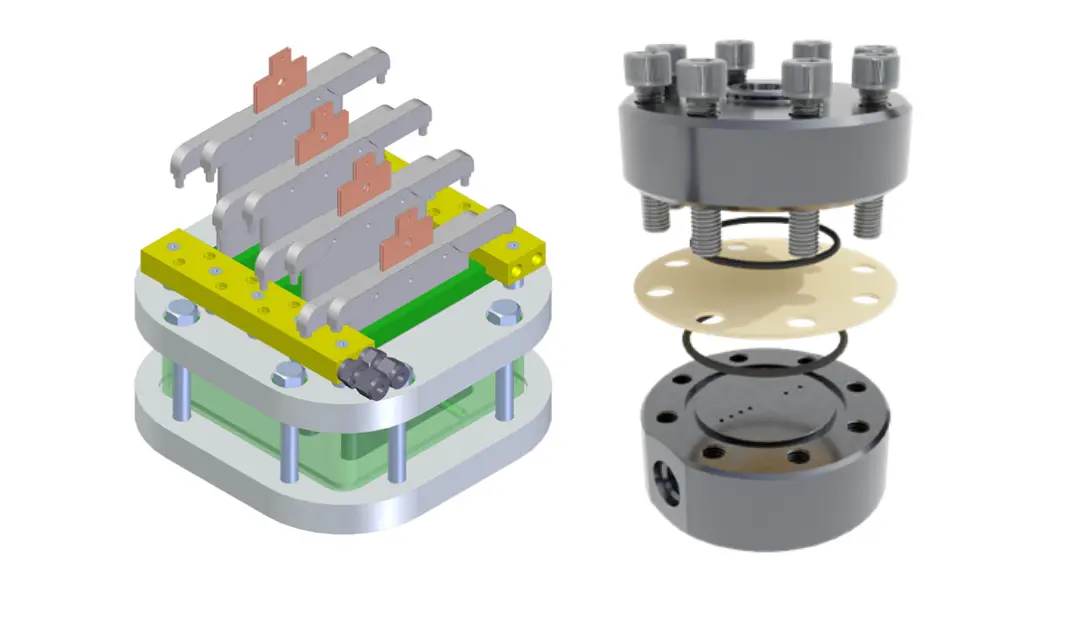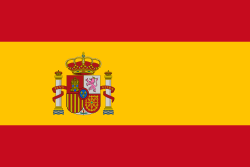
ARPA E.M.C. wins the state tender called by the CSIC (Higher Centre for Scientific Research) for the development and manufacture of the first cell of a compact, high-performance anionic membrane hydrogen generation electrolyser, in collaboration with the CSIC's Institute of Carbochemistry, with an electrolysis power of up to 5 kW, for industrial exploitation in Spain.
This battery is specially designed to be able to work in a multiple-battery structure, allowing several modules to be connected. Each module can be activated depending on the excess electrical energy from renewable sources. This allows each of the batteries to operate at nominal capacity, increasing its performance and improving its lifespan.
Specifically, ARPA develops and manufactures the battery distribution device, in the form of a modular micrometre-machined grid, which facilitates electrical conduction and fluid transfer thanks to a specific design and a careful selection of materials. In this case, ARPA researchers will contribute their expertise in instrumentation and monitoring, fluid mechanics, mechanical design and materials science, designing and characterising the cell to obtain maximum performance in hydrogen generation.

This device will house the MEA - Membrane Electrode Assembly - and the low KOH electrolyte, which activates the corresponding negative charge transfer.
On the other hand, the CSIC's Institute of Carbon Chemistry will be responsible for the development of the MEA - Membrane Electrode Assembly -, a set of layers that make up the membrane and the electrodes, the latter with their specific catalyst.
At present, it is necessary to implement hydrogen electrolyser technology, designed and manufactured in Spain, to minimise dependence on foreign countries.
This project has been identified as being of national interest and is funded by the EU NextGeneration funds.

RESEARCH - MANUFACTURING RANGE:
June 2023 - December 2024.
Location: ZARAGOZA
ARPA EMC: basic and detailed engineering, manufacture of batteries and Battery Fluid Balancing.
- Generation of pressurised hydrogen up to 30 bar.
- Generation capacity: 2 kgH2@30/day.
- Electrolysis power: 5 kW.
- Purity generated after the battery: 3.5 (99.95%).
- Electrolyte temperature range between 20 ºC and 70 ºC.
- Cell voltage up to 2.5 V.
- Current density of up to 3 A/cm².
- Chemical and electrochemical resistance: neutral up to pH = 14.
- Loss of efficiency after 10,000 hours of operation: 3%.
- Active area of the cell: up to 120 cm².
- Number of cells: between 16 and 22.


